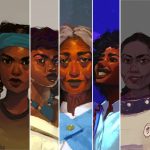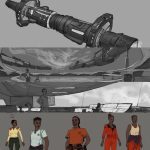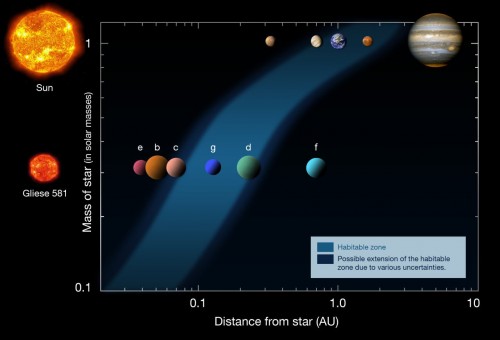When I conceived Frontier it wasn’t the way it is now. There was a little collaboration from others and everyone had their own idea what it would become. For one it was Sci-Fi-Done-Right in the science. For another it was a aliens done right. My vision was essentially the standard picture of the Bridge Crew in Star Trek but with one token white face – rather than one or two token black faces. It would be humanity-done-right.
Representation
I stopped working on Frontier for “personal” reasons. You can see I had a multi-year hiatus on all of these creative outputs as my life was too “busy”. But now I return, and I’ve had some education. On actual representation, on the most excluded and marginalised in society and with an expanded background in performance arts and film production, an understanding of what representation means.
Whoopi Goldberg says that when she saw Star Trek she told her mother in amazement “I just saw a black woman on TV and she wasn’t a maid!”
Can you imagine never seeing a face like yours on television? This is why movies like Wonder Woman were important. This is why Reys saga, in the latest Star Wars movies, is important. How can you tell a story when 51% of the population is just a bit part.
Reading
Frontier has a slightly different origin to most stories. It’s meant to be a roleplaying game. But then I thought it could be a movie. And then an animation. And then a video game. At the moment I’m working with a young Kenyan artist to produce art either for the roleplaying book or as conceptual guides for the other media.
I’m currently reading “Children of Blood and Bone” by Tomi Adeyemi and I thoroughly recommend it (I don’t read fantasy much but this is good). It’s much more overt in the writing than, for instance, LeGuin’s Earthsea. I’d not really fully digested that Sparrowhawk, Le Guineas protagonist, was not white.
Your. My. Our story.
There are stories to tell. While Frontier is hundreds of years in the future and not of Ireland, it is my story too. It’s about a Western civilisation so caught up in greed and hubris that it almost destroys everything. It’s about a culture we can only dream about – where contribution to society is not measured in how much money you earn (or in how much tax you’ve managed to evade). It’s about a future where humanity has reached out into space, made contact with alien races, established itself in the dark spaces between the stars and saved us all. And a future where I am that token face.
I’ll finish off with this list of names. Characters in Star Trek who had real impacts….maybe you’ll look them up.
Richard Daystrom
Nyota Uhuru
Clark Terrell
Lily Sloane
Geordi La Forge
Emory Erickson
Benjamin Sisko
Kasidy Yates-Sisko
Calvin Hudson
Tuvok
Worf, son of Mogh
Guinan







